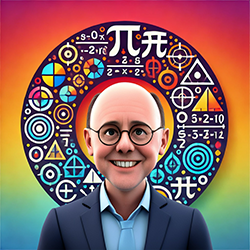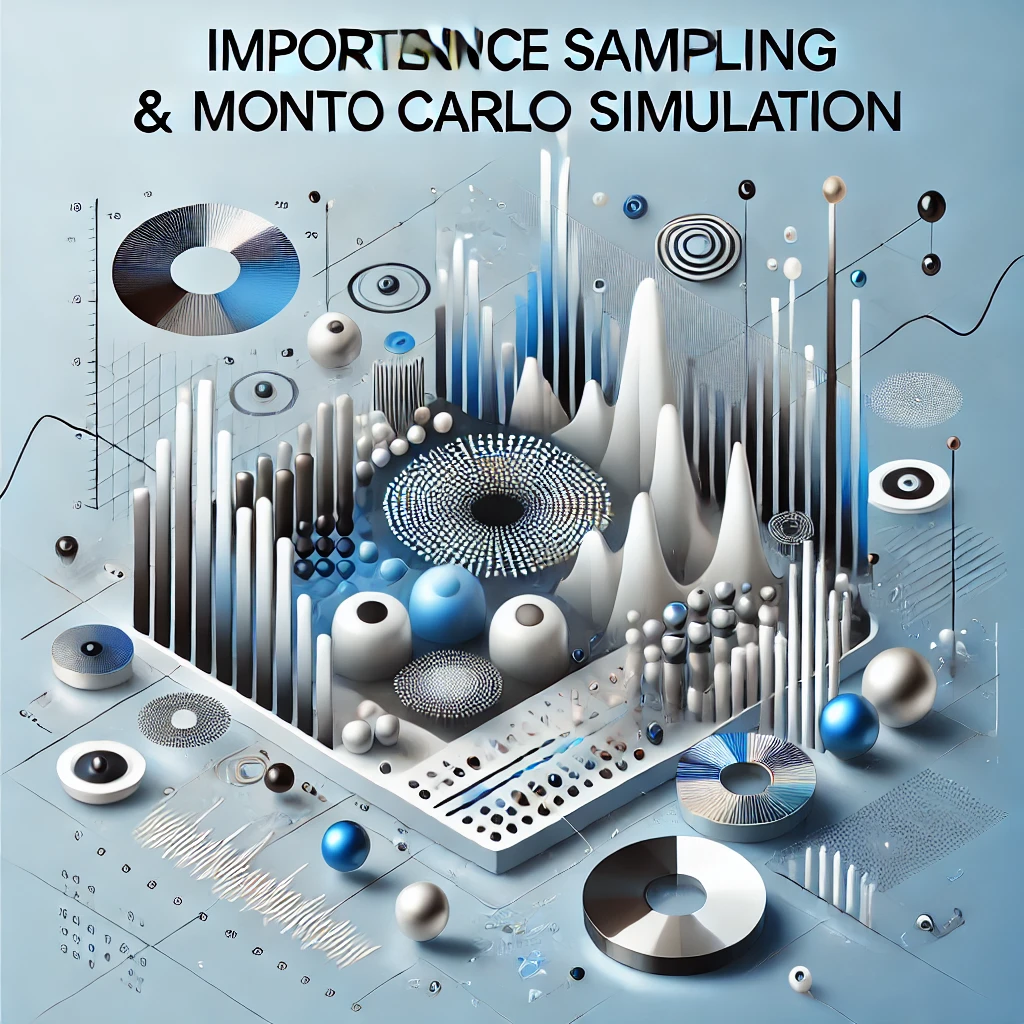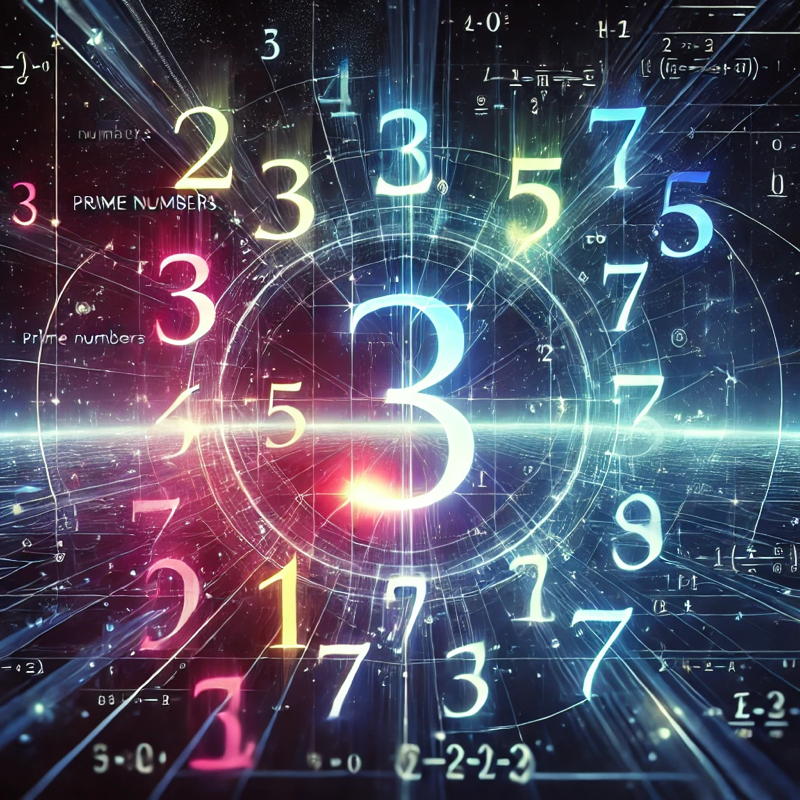The Banach-Tarski Paradox: When Mathematics Defies Common Sense
March 15, 2025 | by Eric

The Banach-Tarski Paradox
Have you ever wondered if it’s possible to take a solid ball, cut it into pieces, and reassemble those pieces to form two identical copies of the original ball? Your intuition probably tells you this is impossible. After all, how could you possibly double the volume of an object without adding any material? But what if I told you that according to mathematics, this is entirely possible?
Let’s dive into one of the most mind-bending results in mathematics: the Banach-Tarski paradox.
What Exactly Is the Banach-Tarski Paradox?
The Banach-Tarski paradox states that it’s possible to decompose a 3-dimensional solid ball into a finite number of pieces and then reassemble those pieces to form two identical copies of the original ball.
But how can this be? Doesn’t this violate conservation of volume?
Yes, it certainly seems to contradict our physical intuition. And that’s why it’s called a paradox. But in the realm of pure mathematics, this result is perfectly valid.
Let’s Break It Down
The formal statement of the paradox is:
This result was proven in 1924 by Stefan Banach and Alfred Tarski, hence the name.
But How Is This Even Possible?
To understand how this paradox works, we need to explore some concepts that might feel a bit abstract.
The Axiom of Choice
At the heart of the Banach-Tarski paradox lies the Axiom of Choice – a principle in set theory that allows for the selection of elements from an infinite collection of non-empty sets, even when no explicit rule for the selection is provided.
The Axiom of Choice is widely accepted in mathematics, but it sometimes leads to counterintuitive results – like our paradox.
Non-Measurable Sets
Another key concept is that of non-measurable sets. In simple terms, these are sets that cannot be assigned a meaningful “size” or “volume” in the conventional sense.
The pieces used in the Banach-Tarski decomposition are non-measurable sets. This is why we can seemingly “create” volume from nothing – the individual pieces don’t have well-defined volumes in the first place!
The Mathematics Behind the Paradox
Let’s get a bit more technical. The proof relies heavily on group theory and the properties of free groups.
We can represent rotations in 3D space using special groups. The decomposition involves breaking the ball into pieces using these rotational properties.
For the mathematically inclined, here’s a simplified version of what happens:
- We can represent the unit ball \(B\) in \(\mathbb{R}^3\) as the set of all points \((x, y, z)\) such that \(x^2 + y^2 + z^2 \leq 1\).
- Using the Axiom of Choice, we can partition the sphere (the surface of the ball) into specific subsets.
- These subsets can be rotated and shifted to create two complete spheres.
- By including the appropriate rays from the center to each point on the sphere, we can extend this result to the entire solid ball.
The key insight is that the free group on two generators can be embedded in the group of rotations in 3D space, \(SO(3)\). This allows for the paradoxical decomposition.
A Simpler Analogy: The Doubling of the Line
Let’s try a simpler version to build intuition. Consider the real number line. We can define a function \(f(x) = 2x\) that doubles every point on the line.
Now, if we partition the interval \([0, 1]\) into:
- All rational numbers in \([0, 1]\)
- All irrational numbers in \([0, 1]\)
And apply \(f\) to each set, we get:
- All rational numbers in \([0, 2]\)
- All irrational numbers in \([0, 2]\)
These two sets together make up the interval \([0, 2]\), which is twice as long as our original interval \([0, 1]\).
While this isn’t exactly the Banach-Tarski paradox, it illustrates how strange partitions can lead to seemingly paradoxical results.
Why Doesn’t This Work in Real Life?
At this point, you might be wondering why we can’t use this paradox to duplicate gold bars or other valuable objects. There are several reasons:
- Physical matter is discrete, not continuous. The paradox operates in the realm of perfect mathematical continuity.
- The decomposition involves non-measurable sets that cannot be constructed in physical reality.
- The Axiom of Choice enables selections that are not physically realizable.
In essence, the Banach-Tarski paradox lives in the realm of pure mathematics, not in our physical world.
The Philosophical Implications
The Banach-Tarski paradox raises interesting philosophical questions:
- Should we accept mathematical results that so strongly contradict our intuition?
- Does this paradox suggest there’s something wrong with the Axiom of Choice?
- What does this tell us about the relationship between mathematics and physical reality?
Some mathematicians have indeed questioned the Axiom of Choice because of results like this. Others see it as a fascinating example of how mathematical reality can diverge from physical reality.
In Conclusion
The Banach-Tarski paradox is a striking example of how mathematics can produce results that seem to defy common sense. It reminds us that:
- Mathematical truth and physical reality don’t always align perfectly.
- Our intuitions about concepts like volume may not apply in all mathematical contexts.
- The foundations of mathematics can lead to surprising and counterintuitive consequences.
So the next time someone tells you that you can’t get something from nothing, you can smile and tell them about Banach and Tarski’s remarkable discovery – just don’t try to use it to duplicate your pizza!
For a detailed proof of the Banach-Tarski Theorem see Example 6.1 in the book Counterexamples in Probability and Real Analysis by Gary Wise and Eric Hall (Oxford University Press, 1993).
RELATED POSTS
View all



